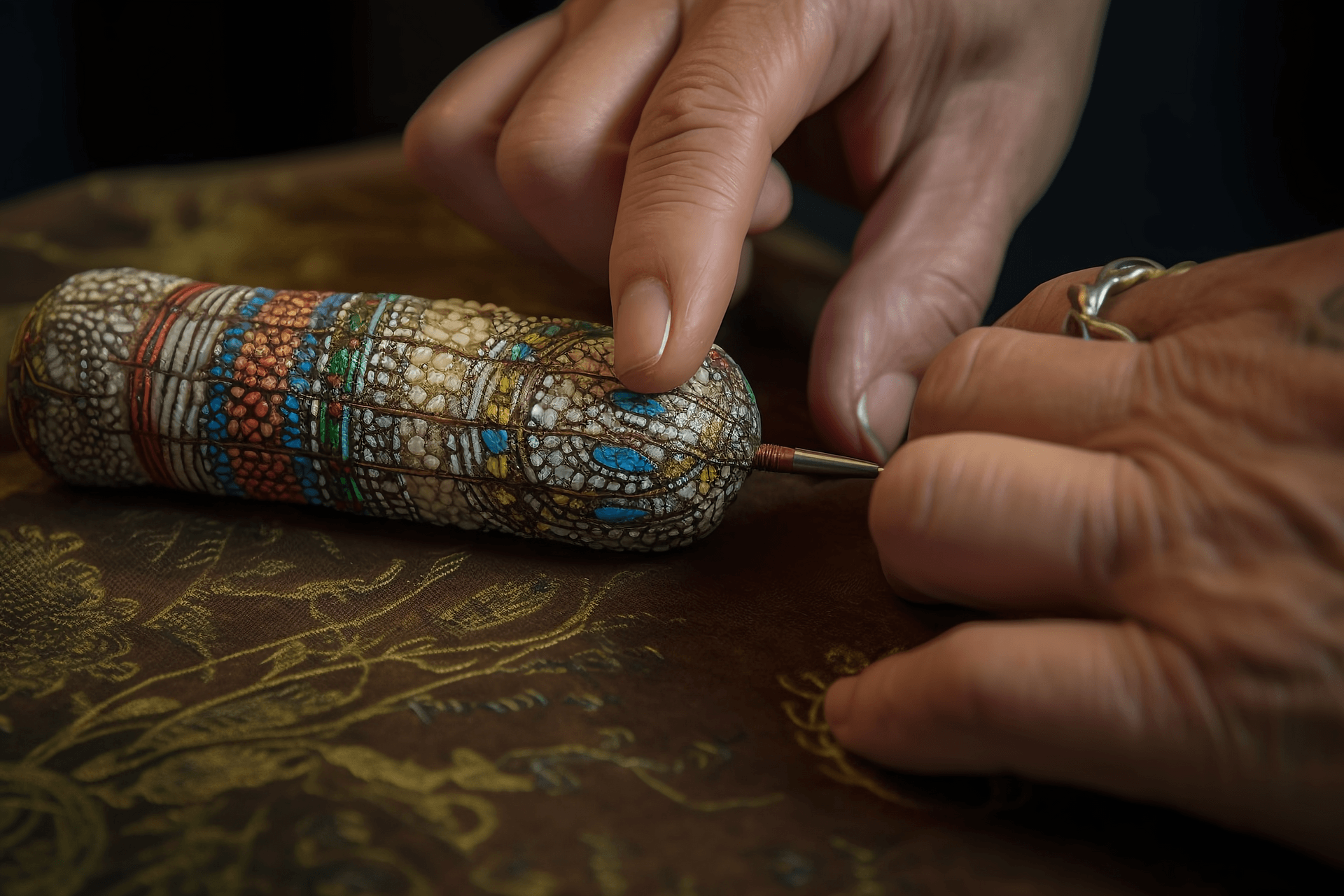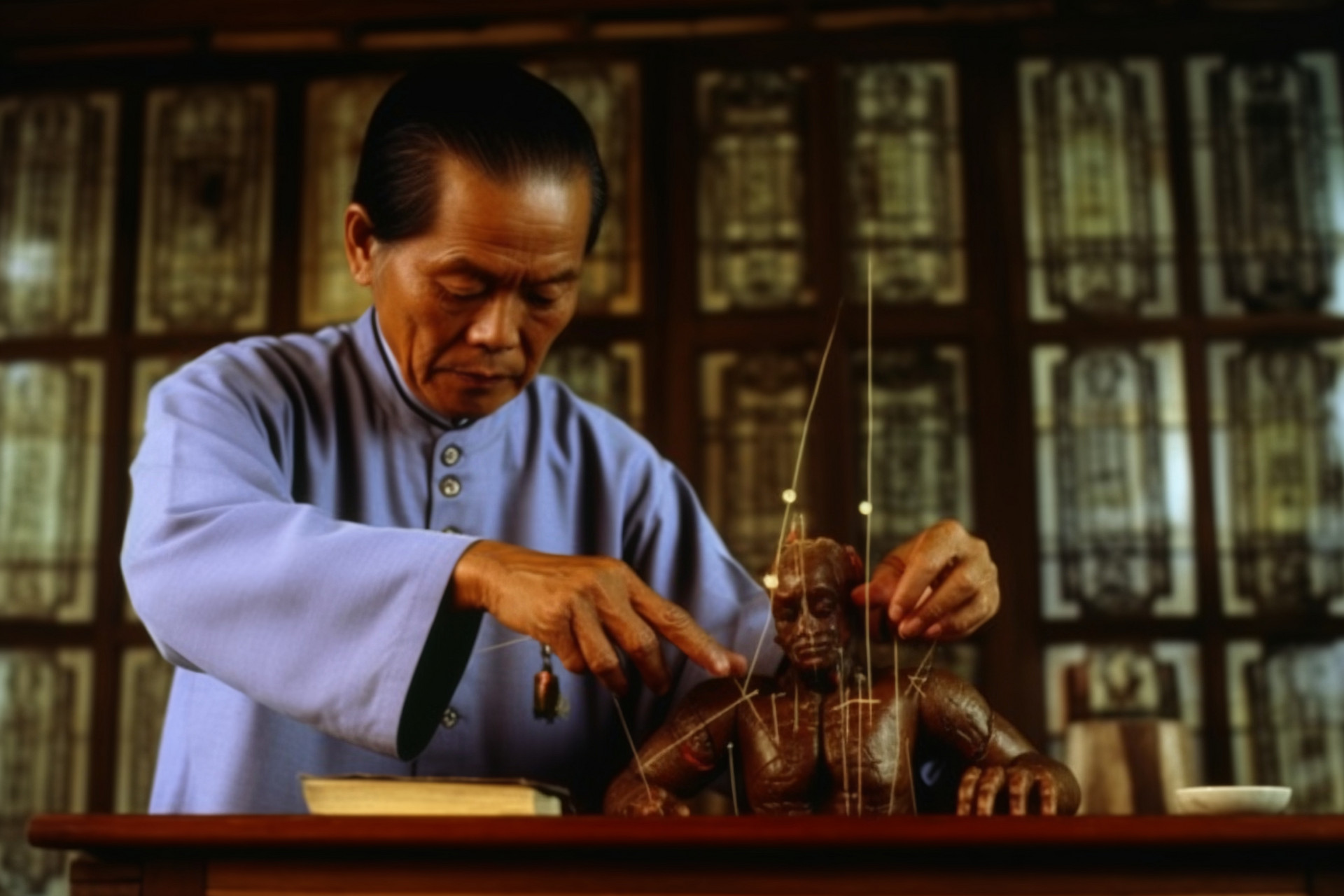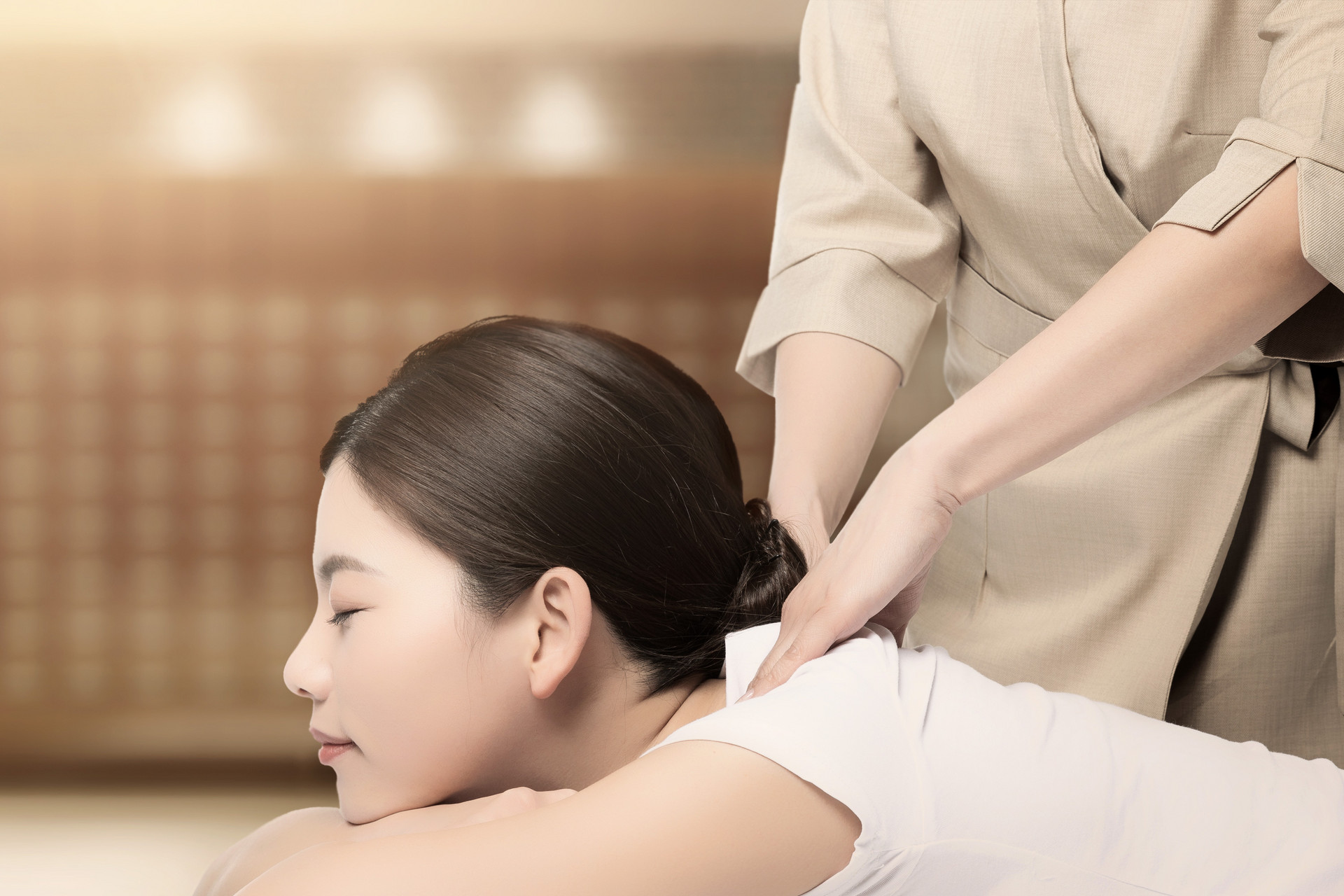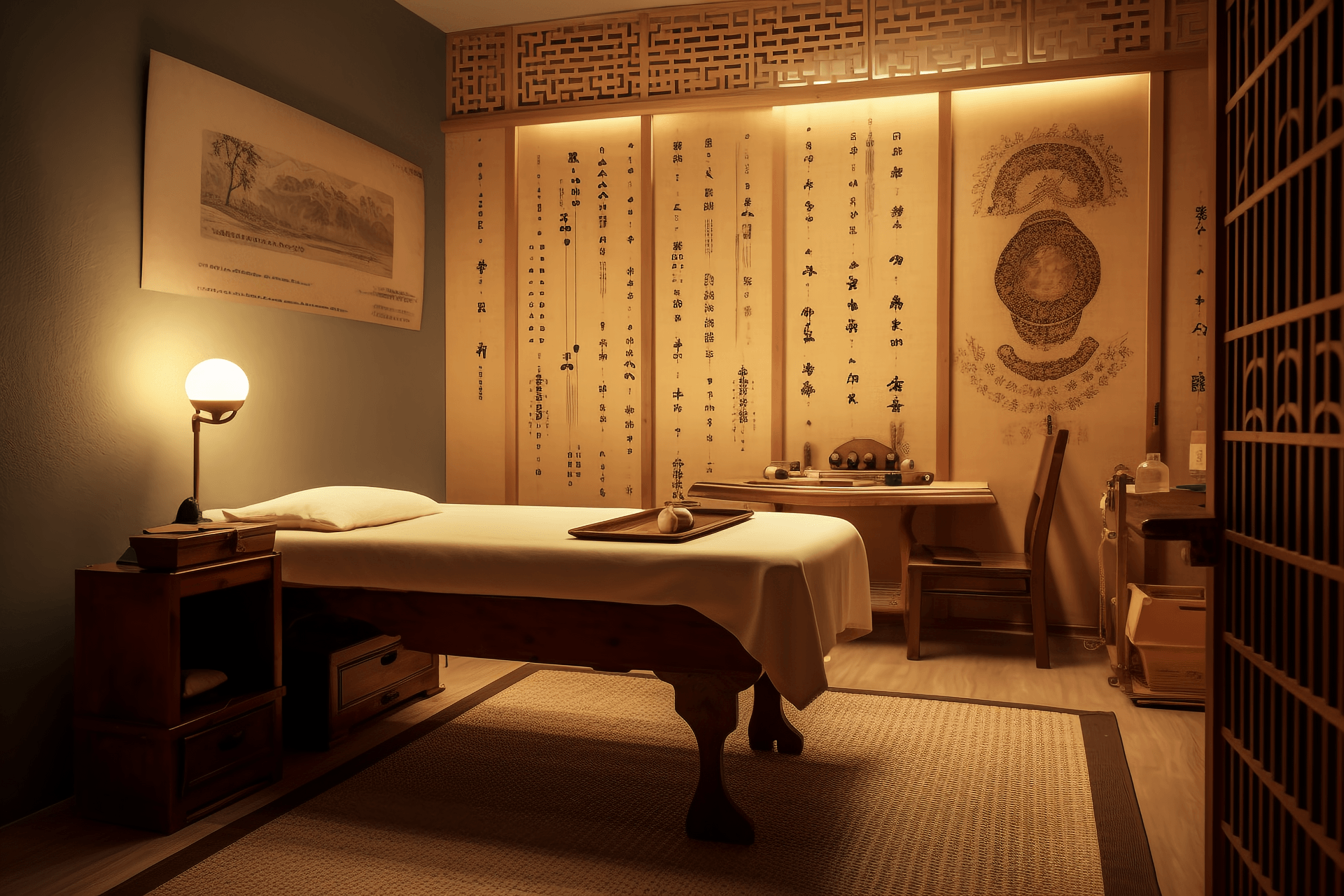Overview
Fire needle therapy is a technique that involves heating a specially made metal needle until it is red-hot, quickly inserting it into a certain area, and quickly removing it to achieve therapeutic effects such as warming the meridians, dispersing cold, promoting blood circulation, and resolving stasis. The needling techniques can be divided into: point needling, dense needling, scattered needling, and surrounding needling.
Procedure
The fire needle is generally made of tungsten alloy and resembles a fine needle, but it is thicker than a fine needle.
(1) Selection of Treatment Site and Disinfection
The selection of acupuncture points for fire needle therapy follows the same basic principles as fine needle therapy, and the acupuncture points are chosen based on the specific symptoms. Before the procedure, the treatment site is disinfected with 0.5% iodine to prevent infection.
(2) Heating the Needle
Heating the needle is a key step in using the fire needle. The needle must be heated until it is red-hot (the body of the needle can be heated first, followed by the tip) before it can be used. One convenient method is to use an alcohol lamp to heat the needle.
(3) Needle Insertion Depth
The depth of needle insertion with the fire needle depends on the patient's condition, constitution, age, the thickness of the muscles at the needling site, and the depth of blood vessels. Generally, the needle is inserted slightly deeper in the limbs and lower back, with a depth of 0.2-0.5 cun; while the needle insertion in the chest and back acupuncture points is shallower, with a depth of 0.1-0.2 cun.
Indications
Fire needle therapy is mainly used for conditions such as bi syndrome, frozen shoulder, stubborn psoriasis, and scrofula. It is particularly effective for cold and numb bi syndrome caused by wind, cold, and dampness.
Precautions
(1) Fire needle therapy is contraindicated in areas with major blood vessels and nerve trunks.
(2) Fire needle therapy is contraindicated on the face, except for treating moles and flat warts.
(3) Fire needle therapy is contraindicated in patients with severe diabetes and bleeding disorders.
(4) Fire needle therapy should not be used in individuals who are mentally over-stressed, hungry, fatigued, or intoxicated.
(5) After needle insertion, if there is local redness or swelling, bathing should be avoided; if there is itching, scratching should be avoided to prevent infection.
Expert Experience and Case Studies
Based on the patient's condition, physical condition, and location of the lesion, Mr. He Puren selects appropriate acupoints, including Ashi points or points along the meridians. Generally, for new conditions, shallow needling is used, while for chronic conditions, deep needling is used. Shallow needling is used for the head, chest, and hands and feet, while deep needling is used for the abdomen and full areas of the limbs. For new pain conditions, point needling is often used, while for chronic conditions and cold bi syndrome, the needles can be retained. For acute conditions, fire needle therapy can be performed daily, but no more than 3 times; for chronic conditions, it can be performed every 1-3 days for long-term treatment.
(1) Breast Abscess
Breast abscess is often caused by the accumulation of breast milk and stagnation of liver qi. The main treatment principles for breast abscess are clearing heat, detoxification, regulating liver qi, and promoting the circulation of meridians. Qu Chi and Zu Lin Qi are selected to regulate the liver and dispel stasis, reduce fever, and eliminate inflammation. Qu Chi is the confluent point of the Hand Yangming meridian, needling this point can reduce fever and inflammation. Zu Lin Qi is the Luo-connecting point of the Foot Shaoyang meridian, needling this point can regulate the liver, promote qi circulation, and relieve stasis and pain. Bloodletting around the breast abscess can achieve the purpose of clearing heat, dispersing stasis, and unblocking milk ducts. If the abscess does not heal, local fire needle therapy can be used to promote the dissipation of stasis and discharge pus, restore the body's yang qi, and promote wound healing.
(2) Case Study: Acne
Xie, female, 19 years old. Acne on the face for 4 years, acne on the back for over a month. Started having pimples on the face at the age of 15, with itching. Symptoms worsened before menstruation and after consuming fatty and greasy foods.
Observation: Red papules on the face and back, white tongue coating.
Pulse: Slippery.
Pattern Identification: Puberty, emotional stagnation, qi and blood stagnation.
Acupoint Selection: Fine needle puncture for pimples, papules, and pustules. Mole puncture on the back.
Needling Technique: Local routine disinfection, heat the fine needle until red-hot with an alcohol lamp, insert it straight into the lesion, deep to the root, and quickly withdraw it, causing a moderate amount of bleeding to expel the heat-toxin. Use a sharp needle to quickly puncture and bleed, and assist with cupping.
Treatment was given 10 times, and the acne on the face disappeared. There were no recurrent symptoms during menstruation.




Three-head fire needle Flat-head fire needle Illustration of fire needle technique 1 Illustration of fire needle technique 2
Indications
Clinical observations have shown that fire needle therapy has good efficacy in the treatment of rheumatoid arthritis, acute sprains, simple diarrhea, acute and chronic enteritis, childhood bronchial asthma, hypertension, cervical spondylosis, neurogenic headache, chronic prostatitis, menstrual disorders, angina pectoris, pruritus, postoperative abdominal distension, etc. The therapeutic effects mainly include analgesia, reduction of swelling, anti-inflammatory effects, relief of asthma, relief of diarrhea, and reduction of blood pressure.
Precautions
Approximately 1% of individuals may experience dizziness, nausea, fatigue, or local burning, as well as bruising, blisters, and other allergic reactions. Mild reactions can continue treatment, while severe reactions should temporarily suspend treatment and receive appropriate care. Caution should be exercised in individuals with low white blood cell levels. Pregnant women and individuals during menstruation should avoid applying magnetic patches to the lower back and lower abdomen. Individuals with pacemakers, low blood pressure, or extreme weakness should avoid using fire needle therapy.











